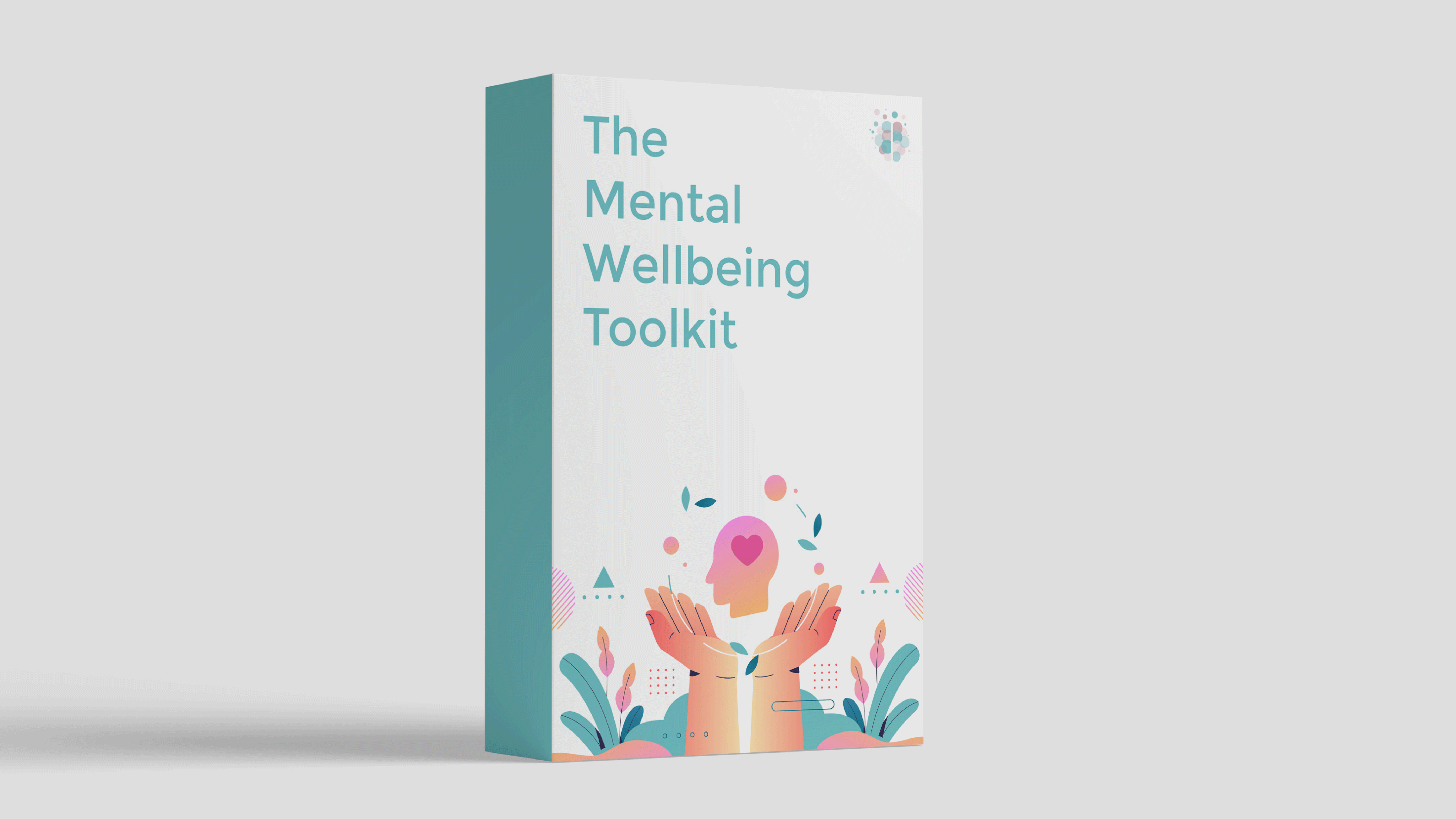In an increasingly interconnected world where personal space can be easily intruded, the importance of understanding the art of assertiveness has never been greater.
In this article we dive into the delicate yet empowering practice of boundary-setting. This piece is designed to resonate with those who grapple with the challenge of defining their personal space, whether it be in relationships, at work, or within their own minds.
Here, we’ll journey through four vivid, relatable examples, illustrating how boundaries can serve as essential tools to safeguard one's mental wellbeing, emotional stability, and overall personal growth.
1. Learning to Be Assertive With Family Members
Picture yourself at a family gathering. Your well-meaning but overbearing Aunt Ruth insists on discussing your personal life in front of everyone. She's not malicious; she cares about you. However, her unsolicited advice and prying questions leave you feeling uncomfortable and exposed.
What do you do? How do you establish a boundary without damaging your relationship with her?
You might take her aside and say,
"Aunt Ruth, I appreciate your concern for me, but I'd prefer to keep my personal matters private. Let's focus on catching up and enjoying our time together instead."
Simple, assertive, yet respectful. That's the essence of boundary-setting.
2. Navigating Personal Space With A Spouse
Crafting boundaries within the sphere of marital relationships is often a nuanced and sensitive endeavor.
The profound emotional connection, shared experiences, and intertwined lives can make boundary-setting appear challenging. However, experience has shown that healthy boundaries are essential to cultivating a balanced and respectful relationship.
Let's consider a situation where one spouse finds themselves feeling overwhelmed by the other's persistent desire for companionship. The partner in question yearns for their shared free time to be filled with joint activities, inadvertently leaving the other with little time for personal pursuits. While this individual harbors deep love for their spouse, the constant engagement makes them feel cornered.
The need here is not for less 'us' time, but for the inclusion of some 'me' time to engage in personal interests.
In such situations, open and understanding communication can help. The individual could choose a calm and relaxed setting to talk, perhaps after a shared meal.
Their conversation could begin by acknowledging the shared value of their time together:
"We both cherish our shared moments, and I love that about us."
The person then articulates their need for personal time:
"However, I also require some alone time to unwind, indulge in reading, or just be with my own thoughts."
To mitigate feelings of rejection in the spouse, they should assure their partner that this need for solitude isn't an indication of diminished love or desire to spend time together. Rather, it's a quest for balance:
"This doesn't mean I love you any less or that I don't enjoy our time together. It's just that, to be my best self for us, I need a blend of 'us' time and 'me' time."
While the spouse might initially be surprised, a candid, affectionate, and clear communication style can help them understand this perspective.
They can negotiate an agreement to allow each other some 'me' time during the week, ultimately strengthening their relationship and enhancing individual wellbeing.
The path of setting boundaries, especially with our loved ones, may be intricate. But with open communication, understanding, and patience, this journey can lead to healthier, more fulfilling relationships.
3. Asserting Authority With A Demanding Boss At Work
Navigating professional environments can be challenging, especially when it involves a demanding boss.
A sense of powerlessness can set in, particularly if work begins to bleed into personal time. But, even in such situations, setting boundaries can be both achievable and empowering.
Imagine a scenario in a fast-paced corporate setting. A diligent employee finds themselves frequently receiving work emails at all hours from their boss, expecting immediate responses. This relentless demand starts impacting their personal time, and stress levels escalate, nudging them towards burnout.
In such a situation, assertive communication can make a significant difference.
The employee decides to address this issue head-on and requests a meeting with their boss. In the meeting, they express their dedication to their work and their commitment to delivering quality results. They then communicate their concern,
"However, the after-hours communication has started to impact my personal time and overall productivity."
They proceed to propose a viable solution,
"Could we agree on specific working hours during which I will be fully available for discussions and emergencies? For non-urgent matters that come up after hours, I can respond first thing the next morning."
By doing so, they communicate that this boundary will ultimately benefit work quality, ensuring they’re rested and fully productive during working hours.
The boss, though initially surprised, appreciates the employee's proactive approach and agrees to respect this boundary.
Setting boundaries at work is not about shirking responsibilities. Instead, it's about defining how and when you can be most effective in your role. This process can be a powerful tool in ensuring your professional life enhances your overall wellbeing, rather than undermining it.
4. Parents Guide to Establishing Healthy Boundaries for Their Teen
Raising a teenager is a journey filled with its own unique set of joys and challenges. As they strive for autonomy and self-identity, teenagers may push against the boundaries set by their parents. While it's necessary to respect their growing independence, it's equally important to maintain certain boundaries for their safety and wellbeing.
Imagine a situation where a teenager consistently returns home past the agreed-upon curfew, leaving their parents worried and sleepless.
The teenager sees this as an assertion of their independence, but the parents are concerned about their safety and the importance of adhering to rules.
In such cases, it's essential for parents to express their concern and enforce necessary boundaries without being overbearing. The conversation might be initiated at a calm time when the teenager is open to communication.
Parents might begin by affirming their understanding of the teenager's need for independence:
"We understand that as you're growing older, your need for independence and freedom is increasing, and we respect that."
Then, they should express their concern:
"However, when you come home late, it makes us worry about your safety. Plus, it's important to understand that every household has rules that need to be respected."
Offering a compromise can be a great way to balance the teenager's need for independence with the parent's need for peace of mind:
"Can we agree on a reasonable curfew that works for both of us? That way, you get to enjoy your time with friends, and we're not worrying unnecessarily."
Parents should also reassure the teenager that these boundaries come from a place of love and concern, not from a desire to control their life. A statement such as "We set these boundaries because we care about you and your wellbeing" can convey this message.
Even if the teenager initially pushes back, consistency and open communication can help them understand the importance of these boundaries. By doing so, parents can foster a sense of responsibility in their teenager, all while ensuring their safety and wellbeing.
Summary
As we journey through life, setting boundaries across various spheres – be it personal relationships, professional environments, or parental interactions – serves as an indispensable tool for preserving our emotional health and overall wellbeing.
Whether it's establishing personal space with a spouse, asserting authority with a demanding boss, or navigating the intricate dynamics between parents and teenagers, clear communication, empathy, and respect are the cornerstones to successful boundary setting.
It's not always an easy path, but it's one that leads to mutual respect, deeper understanding, and ultimately, healthier, more fulfilling relationships.
So, dare to embark on this journey, assert your needs, and embrace the empowering world of healthy boundaries.
Build Your Mental Wellbeing Toolkit
Research shows that self-help materials are often enough for people to overcome mild to moderate mental health difficulties without professional support.
If you’re interested in a self-guided program that includes tools from CBT, ACT and more, be sure to check out The Mental Wellbeing Toolkit. It's "like 10 therapy sessions in one."

About Megan
Megan Corrieri is a nationally certified LPCC with 15+ years of counseling experience.She has expertise in treating various mental health issues such as anxiety, depression, sexual addiction, and offender rehabilitation, for both individuals and couples.
Megan owns and operates NorthStar Counseling and Therapy, a private practice located in Frisco.



